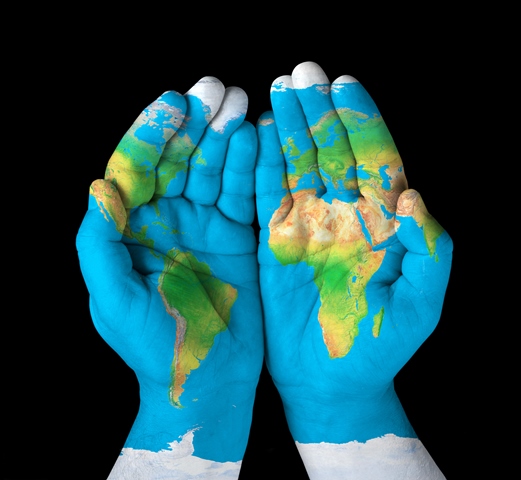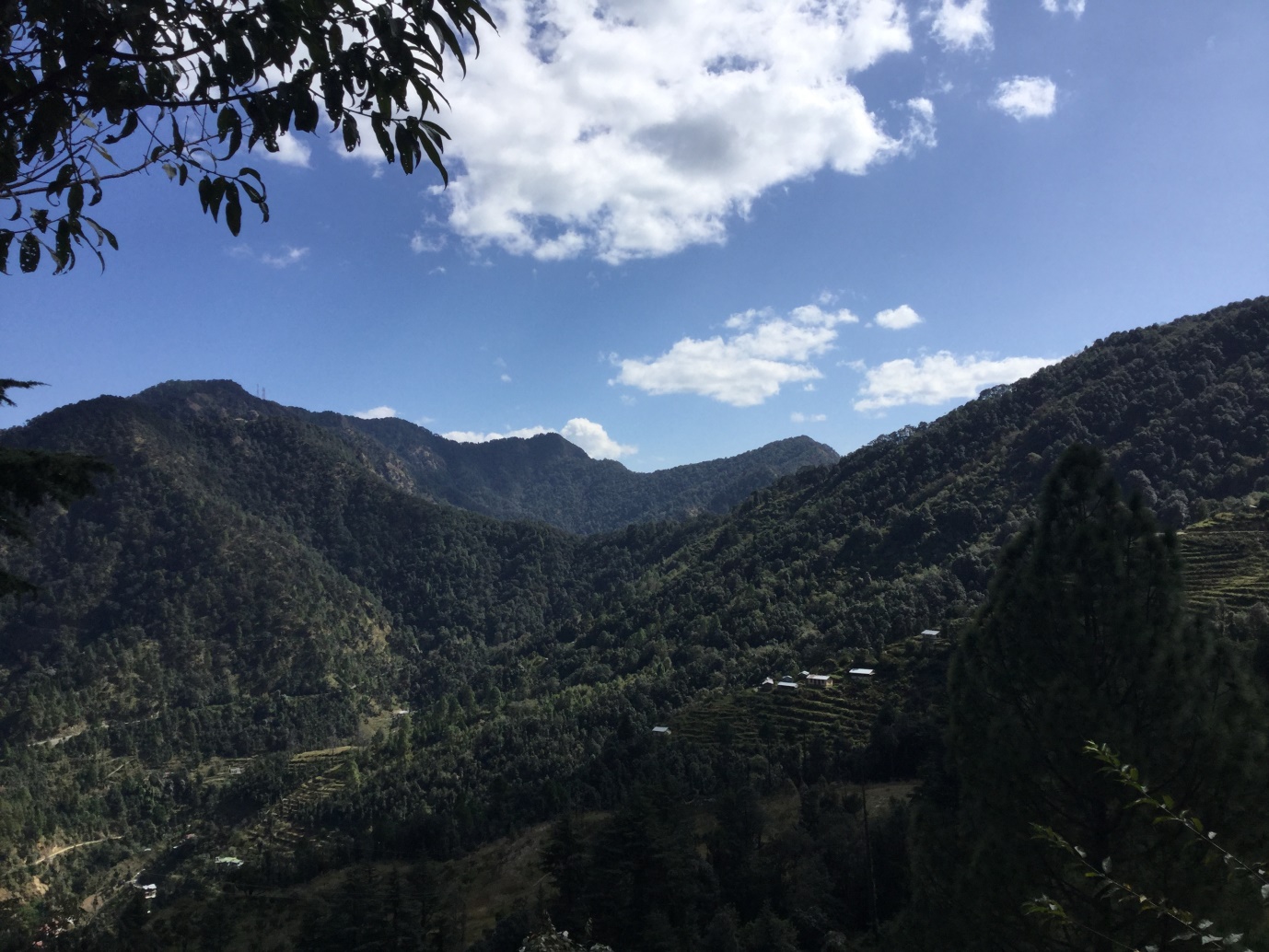
The New Zealand government has announced an ambitious plan to clean up the country’s polluted waterways, after it was found that years of pollution have made the majority of lakes and rivers un-swimmable.
“Our rivers, lakes and wetlands are under serious threat after years of neglect. We can’t continue to go on like we are,” said environment minister David Parker, announcing the government’s action plan two years into its term.
According to the environment ministry, two-thirds of all rivers are un-swimmable and three-quarters of New Zealand’s native freshwater fish species are threatened with extinction.
Local councils in New Zealand have also released warnings for the country’s citizens to keep checking public health websites before heading out for a day on the water. In 2016, 5,000 people had fallen ill and four died after consuming drinking water contaminated with sheep faeces in Havelock North located 430km south east of Auckland.
According to a recent poll, water pollution is now New Zealanders’ number one concern: with 82% of respondents saying they wanted tougher protections for waterways, ranking it as a priority above the housing crisis, the rising cost of living and child poverty.
The New Zealand government now aims to achieve a noticeable improvement in five years and restore our waterways within a generation. It has proposed higher standards for water quality, interim controls on land intensification and a higher bar on ecosystem health.
Freshwater quality was also a significant election issue in 2017 and this proposal follows the recent release of Environment Aotearoa 2019, which links agriculture to freshwater degradation. According to the reports, the new policy package addresses major deficiencies in the earlier versions, and has been fast-tracked to curtail freshwater pollution that has been allowed to get worse longer than it should.The new regulations are designed to protect the health of entire ecosystems from excess nutrients.
There’s also a halt to significant expansions of dairy farming and irrigation, and limits on the use of nitrogen in some key catchments. Further improvements will better protect waterways and wetlands from grazing animals, and limits will be placed on recently criticised winter grazing.
What is the state of Indian Rivers?
According to many reports, Indian rivers are in a state of toxicity. Even water from the most sacred and revered river in India, Ganga, has been declared unfit for drinking and bathing.
According to the latest report by the National Institute for Transforming India (NITI Aayog), 70 percent of India’s water is contaminated, putting us at rank 120 on the list of 122 countries in the water quality index. The report from late 2018 indicates that more 600 million Indians are currently facing a high to extreme water crisis, and 75 percent of Indian households do not have easy access to drinking water.
Also on the basis of data from the Central Pollution Control Board (CPCB), out of the 86 monitoring stations on Ganga, only seven sites were found to be fit for drinking after disinfection process, while only 18 spots were found to be fit for bathing.
State of Indian rivers seem to be going from bad to worse and Indian Government quickly needs to devise an effective strategy to purify our precious water sources.A CPCB report in 2018 also showed that the number of polluted stretches in India’s rivers had increased from 302 to 351 in only two years, and the number of critically polluted stretches—where water quality indicators were the poorest—went up to 45 from 34.
The severity of pollution gets clear just looking at the above data.
The question, however, we all need to ask is, how do we get rid of it?
In their article, Vikas Dimble and Priyank Hirani have talked about five approaches, that have emerged after months of consultation with various researchers across the country, that can augment the steps that have already been taken to clean up our rivers.
The current approach, they argue, of testing limited number of samples from only a few locations each month is inadequate. It is essential to develop capacity to collect data at much higher temporal and spatial resolutions with specific markers to pinpoint the pollution sources, and this will become possible with real-time sensors being taken along the river on a regular basis, they argue.
Currently, availability of data on water pollution is scarce and fragmented. So water quality-related data in easy-to-understand formats can enable citizens to raise the issue of water pollution with local authorities as well as take cognisance of the impact of their own actions.
The main point of worry, however, is if citizens are aware about what polluted water does to their health. This calls for elaborate studies to be undertaken on regular basis and data being shared with the people living in the country.
The Indian government, although, has renewed political attention on water pollution issue over the last few years, there is still a need to accomplish more. Only with an effective merger of our political will with strategic steps to design and implement a cohesive national strategy, we will be able to ensure the cleaning of our rivers.













